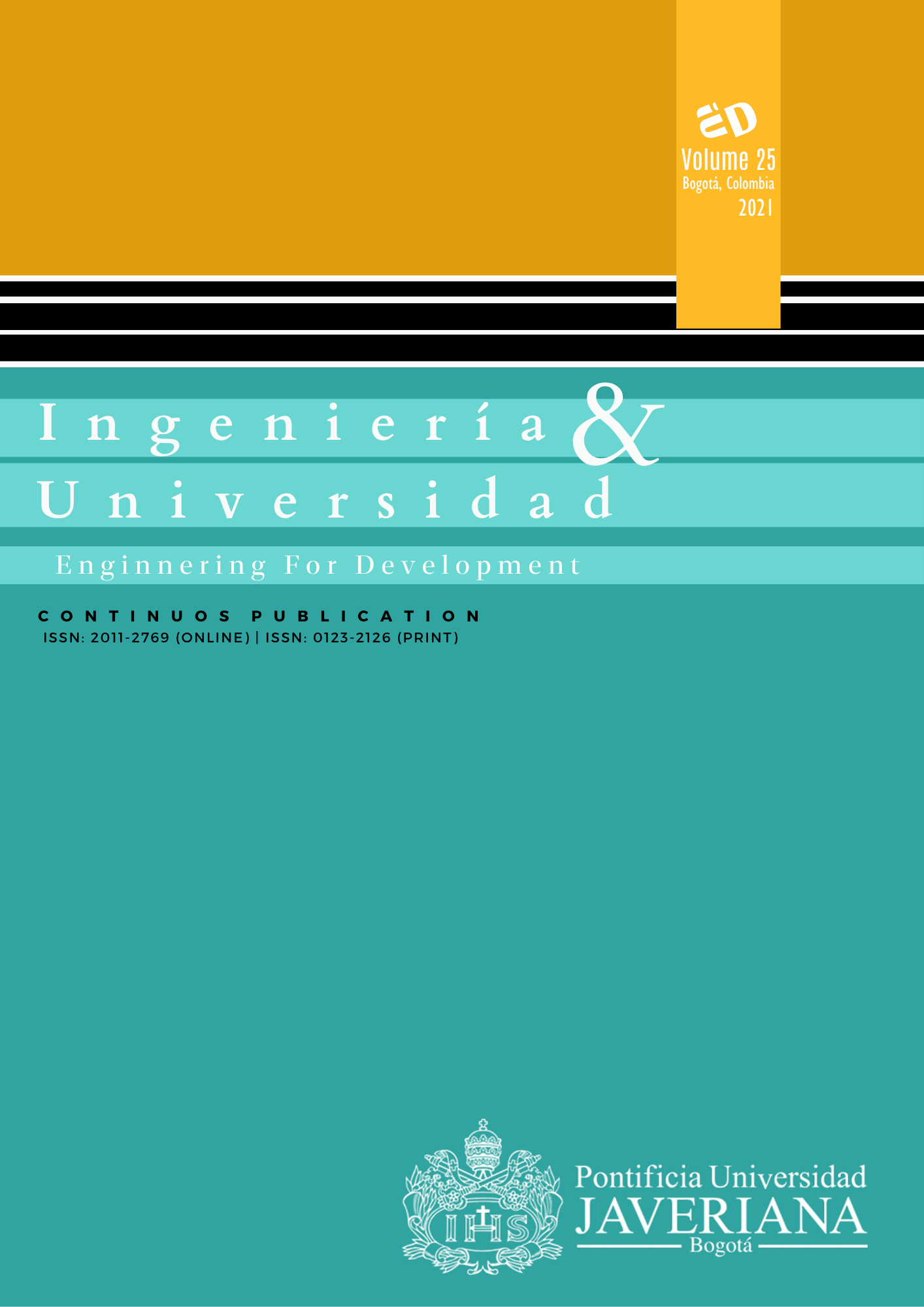Abstract
Objective: The objective of this work was to develop a passive exoskeleton prototype for the relief of knee-load employing ischiatic body weight support. Methods and materials: A functional prototype was developed and tested with three volunteers to analyze its potential effectiveness and effects on gait kinematics. The performance of the prototype was assessed using motion capture and pressure mapping systems, and a testing bench for the study of ischiatic body weight. Results and discussion: The results of the tests indicate that the prototype allows reducing the load supported by the knees and does not have a significant effect on the kinematics of the hip and knee joints. The process allowed the designers to identify possibilities of improvement mainly on reducing the restrictions imposed by the prototype to the motion of the ankles, especially on the midstance of the support phase. Conclusions: The passive exoskeleton prototype developed for ischiatic body weight support allows setting different percentages of knee-load relief. The prototype does not have a significant effect on the kinematics of the hip and knee joints. Nevertheless, improvements must be performed to reduce the restrictions to the motion of the ankles.
M. Comas, M. Sala, R. Román, L. Hoffmeister, and X. Castells, “Variaciones en la estimación de la
prevalencia de artrosis de rodilla según los criterios diagnósticos utilizados en los estudios poblacionales,”
Gaceta Sanitaria, vol. 24, no. 1, pp. 28–32, 2010. Available: https://doi.org/10.1016/j.gaceta.2009.06.002
A. Litwic, M. H. Edwards, E. M. Dennison, and C. Cooper, “Epidemiology and burden of
osteoarthritis,” Br. Med. Bull., vol. 105, no. 1, pp. 185–199, 2013. doi: 10.1093/bmb/lds038
P. Rosenthal, “Knee osteoarthritis,” in Insall & Scott Surgery of the Knee, 5th ed. Philadelphia:
Elsevier, 2012, pp. 718–722.
F. Rannou and S. Poiraudeau, “Non-pharmacological approaches for the treatment of osteoarthritis,”
Best Pract. Res. Clin. Rheumatol., vol. 24, no. 1, pp. 93–106, 2010. doi: 10.1016/j.berh.2009.08.013
M. Wiggin, S. H. Collins, and G. S. Sawicki, “A passive elastic ankle exoskeleton using controlled
energy storage and release to reduce the metabolic cost of walking,” in Proc. 7th Annu. Dyn. Walking Conf.,
, pp. 24–25. Available:
/Wiggin.pdf
Y. Ikeuchi, J. Ashihara, Y. Hiki, H. Kudoh, and T. Noda, “Walking assist device with bodyweight
support system,” in 2009 IEEE/RSJ Int. Conf. Intell. Robot. Syst., 2009, pp. 4073–4079. Available:
https://ieeexplore.ieee.org/document/5354543
C. A. McGibbon, S. C. E. Brandon, M. Brookshaw, and A. Sexton, “Effects of an over-ground
exoskeleton on external knee moments during stance phase of gait in healthy adults,” Knee, vol. 24, no. 5, pp.
–993, 2017. doi: 10.1016/j.knee.2017.04.004
U. K. Trinler, “Muscle force estimation in clinical gait analysis,” Ph.D. dissertation, University of
Salford, 2016. Available: http://usir.salford.ac.uk/id/eprint/39257/
K. Norton, N. Whittingham, L. Carter, D. Kerr, C. Gore, and M. Marfell-Jones, “Técnicas de medición
en antropometría,” in Antropométrica, K. Norton K and T. Olds, Eds. Editorial: ciudad, 2000, pp. 23–60.
https://www.researchgate.net/publication/283664365_Antropometrica_Spanish_version_of_Anthropometrica
_Norton_K_and_T_Olds_1995
C. L. Vaughan, B. L. Davis, and C. Jeremy, Dynamics of human gait, Editorial: ciudad, 1999.
http://analisedemarcha.com/papers/livro/GaitBook.pdf
A. Salguero-Beltrán, G. Yamhure, M. Manrique, L. C. Jiménez, A. Hernández, and C. Cotrino, “On
the design of an ischiatic body weight support system (IBWS) for gait rehabilitation,” in 2012 4th IEEE RAS
EMBS Int. Conf. Biomed. Robot. Biomechatron. BioRob, 2012, pp. 1434–1439. doi:
1109/BioRob.2012.6290940
I. Frobose, L. Baeyens, and K. Tofaute, “Ergonomics of 2 bicycle saddles-pressure at the pudendal
area in women of a normal saddle with gel and of a saddle with a hole,” The Bicycle Saddle Report, vol. 2003,
pp. A1–15, 2003. https://www.sq-lab.com/out/pictures/ddmedia/Study_Froboese-Baeyens_2003-03.pdf

This work is licensed under a Creative Commons Attribution 4.0 International License.
Copyright (c) 2021 Alejandra Paola Polanco-Aguilar, MSc, Juan Pablo España-Aguilar, Msc, German Yamhure-Kattah, MSc



